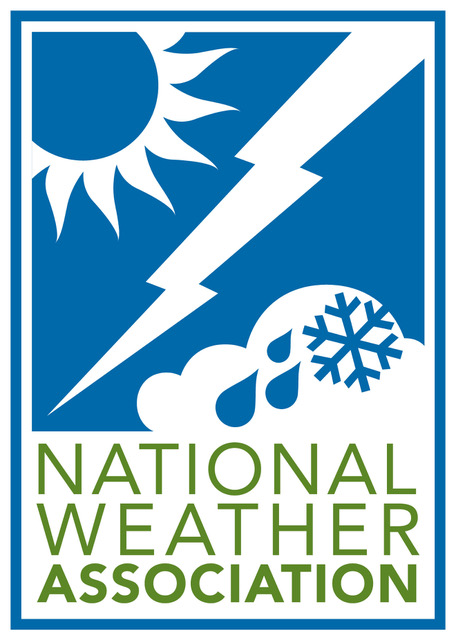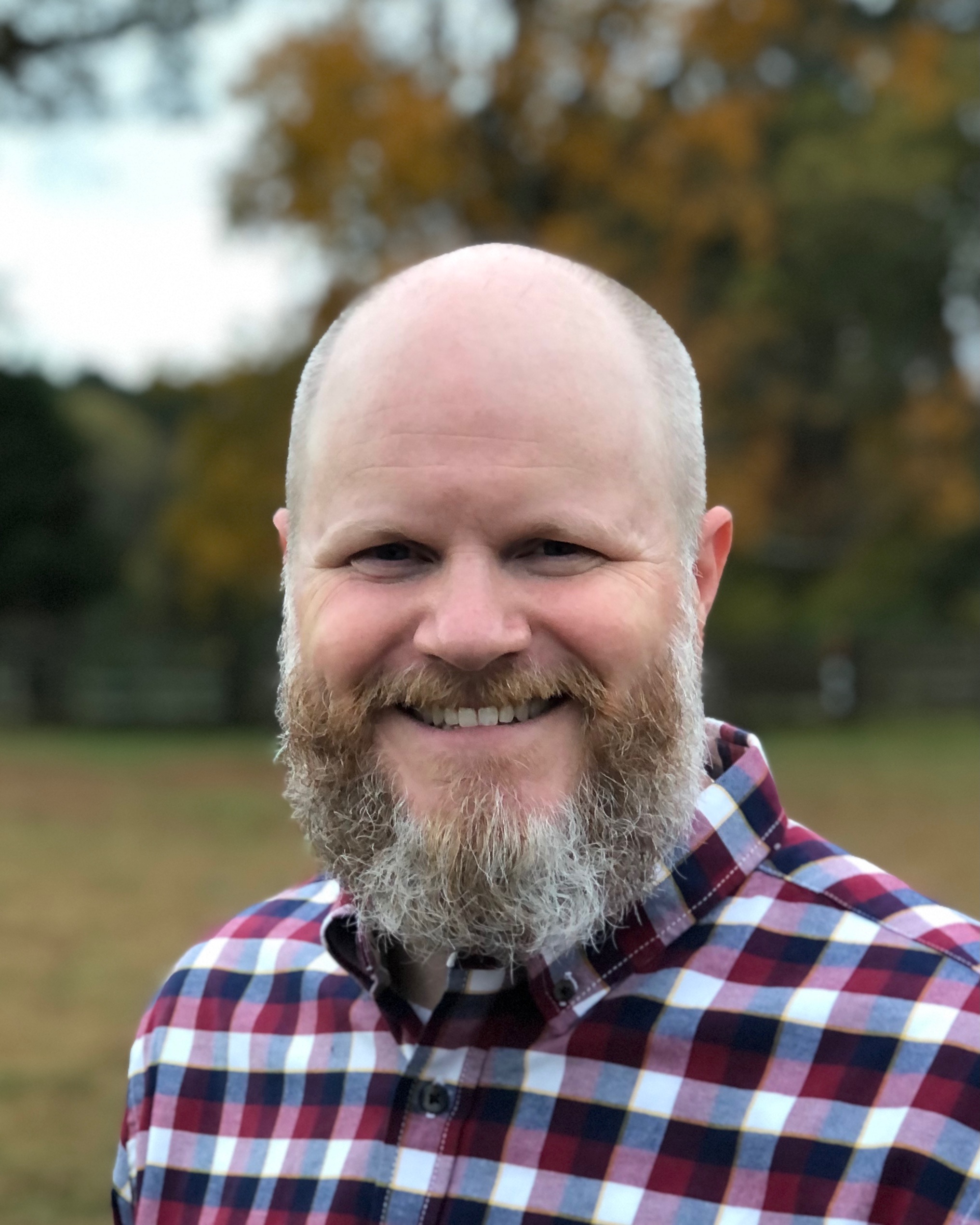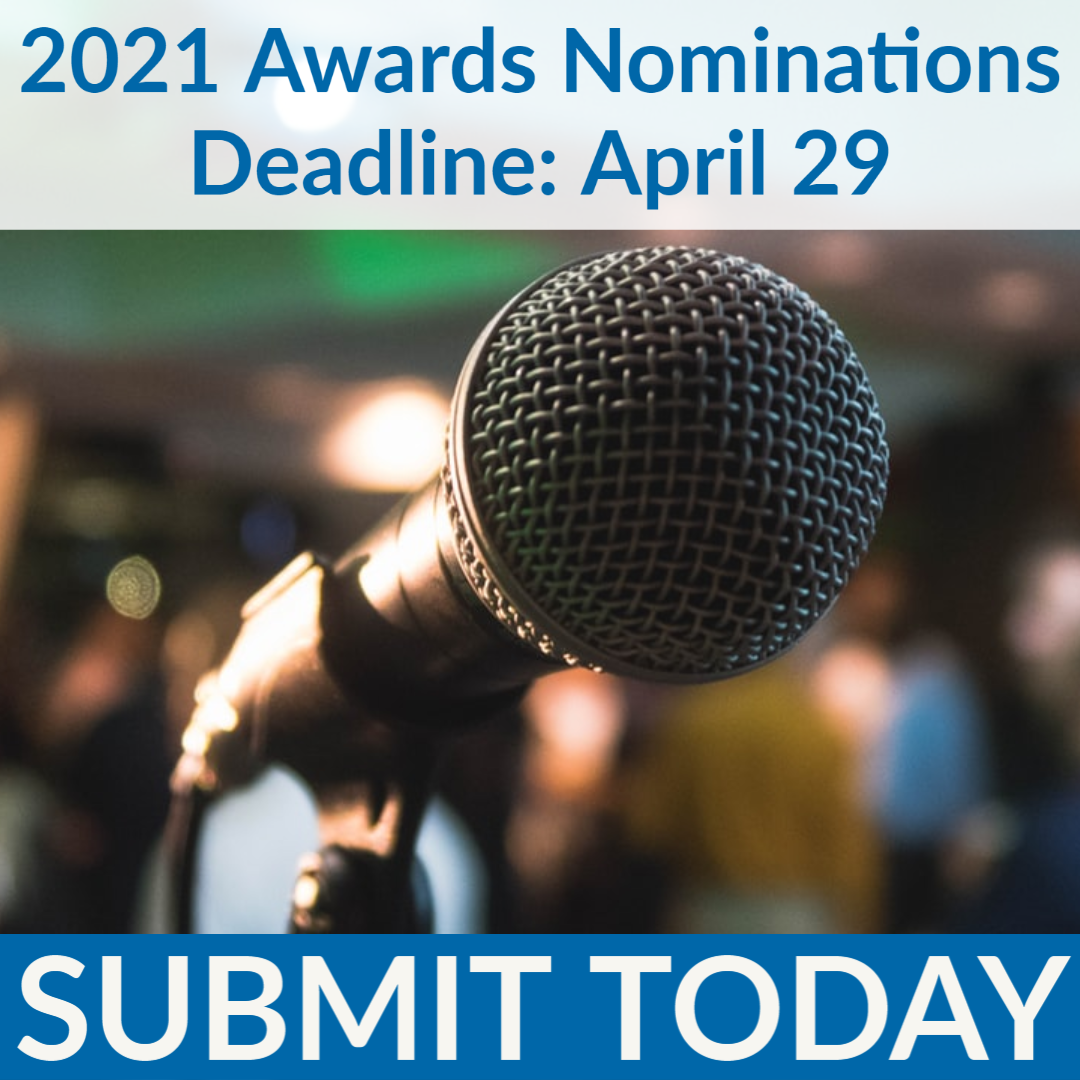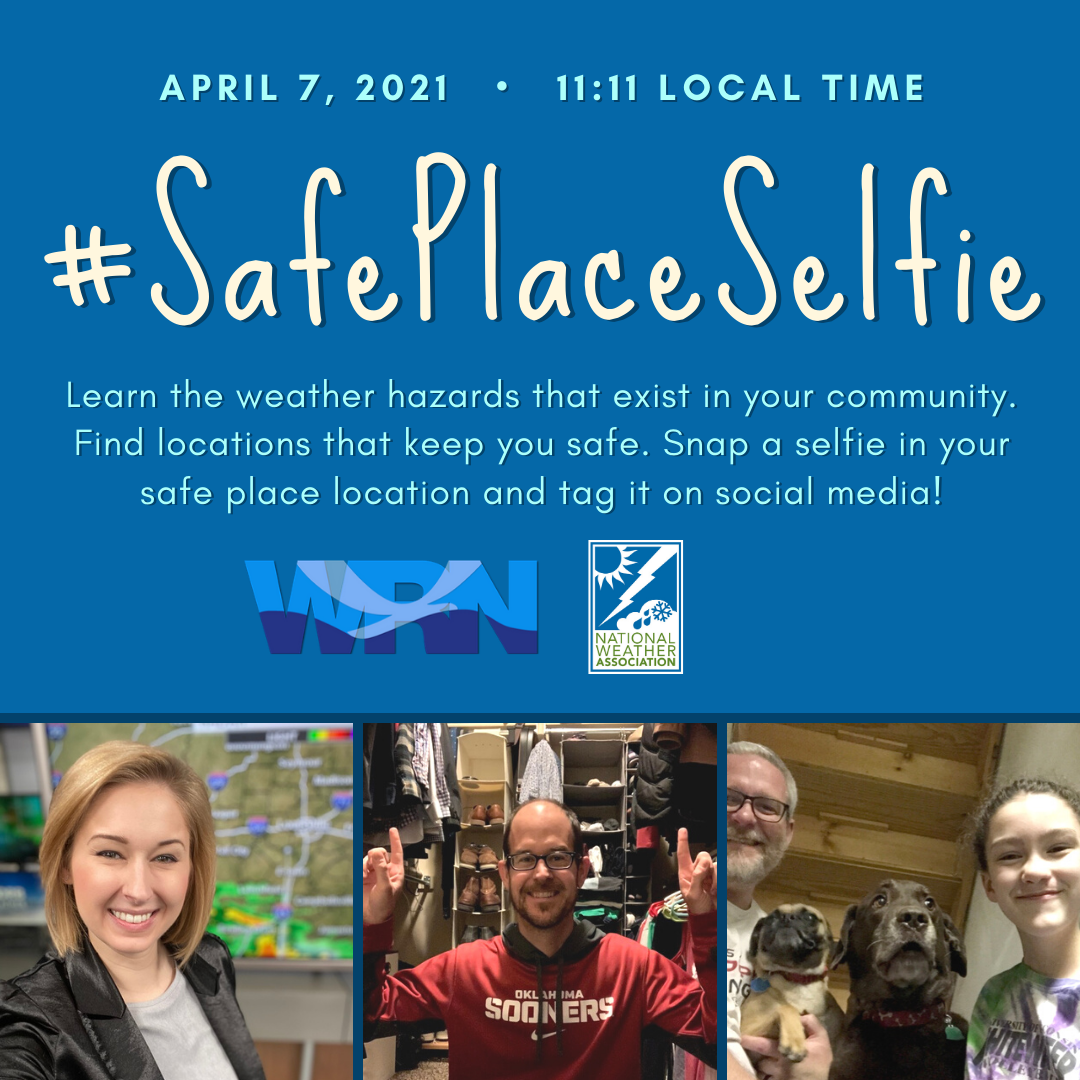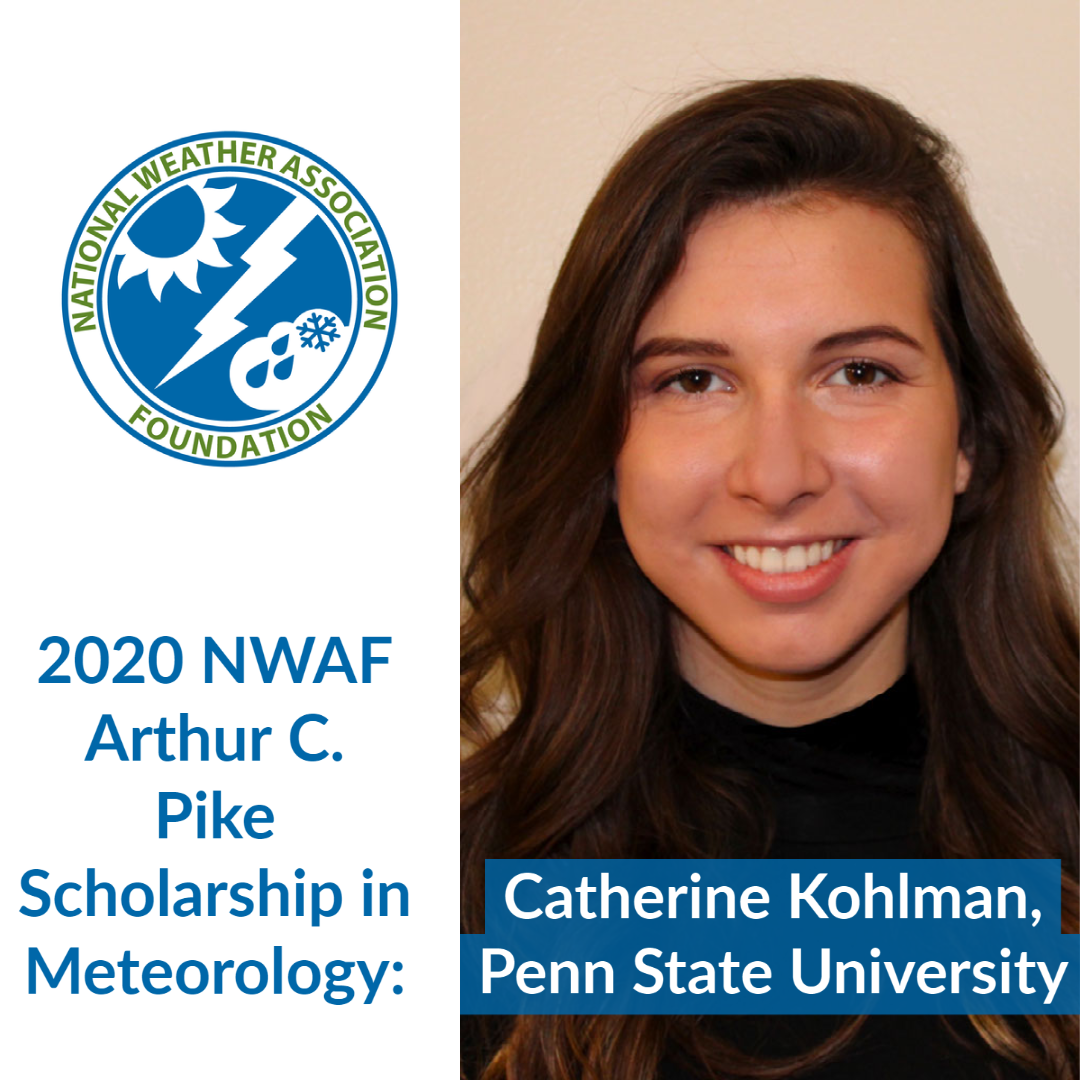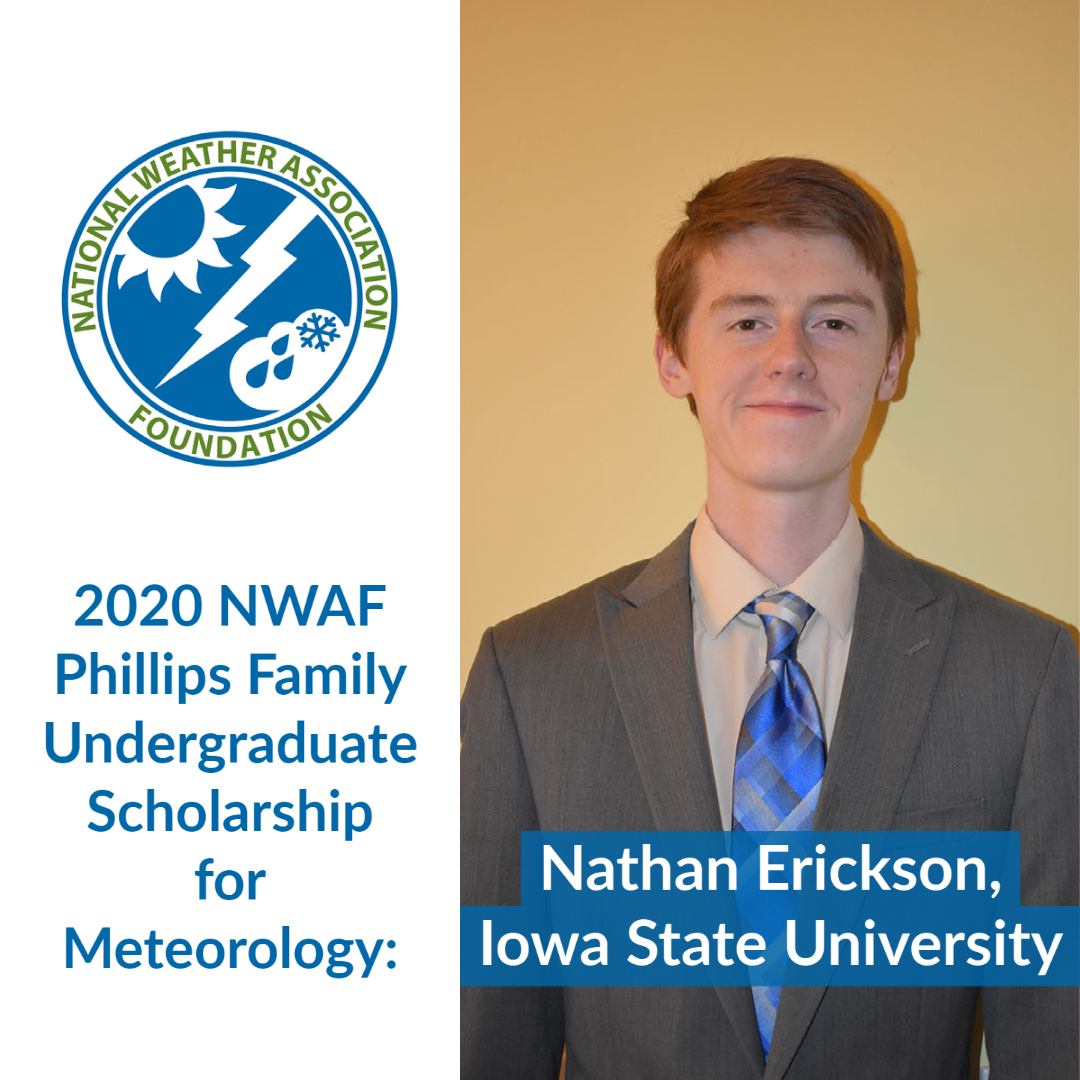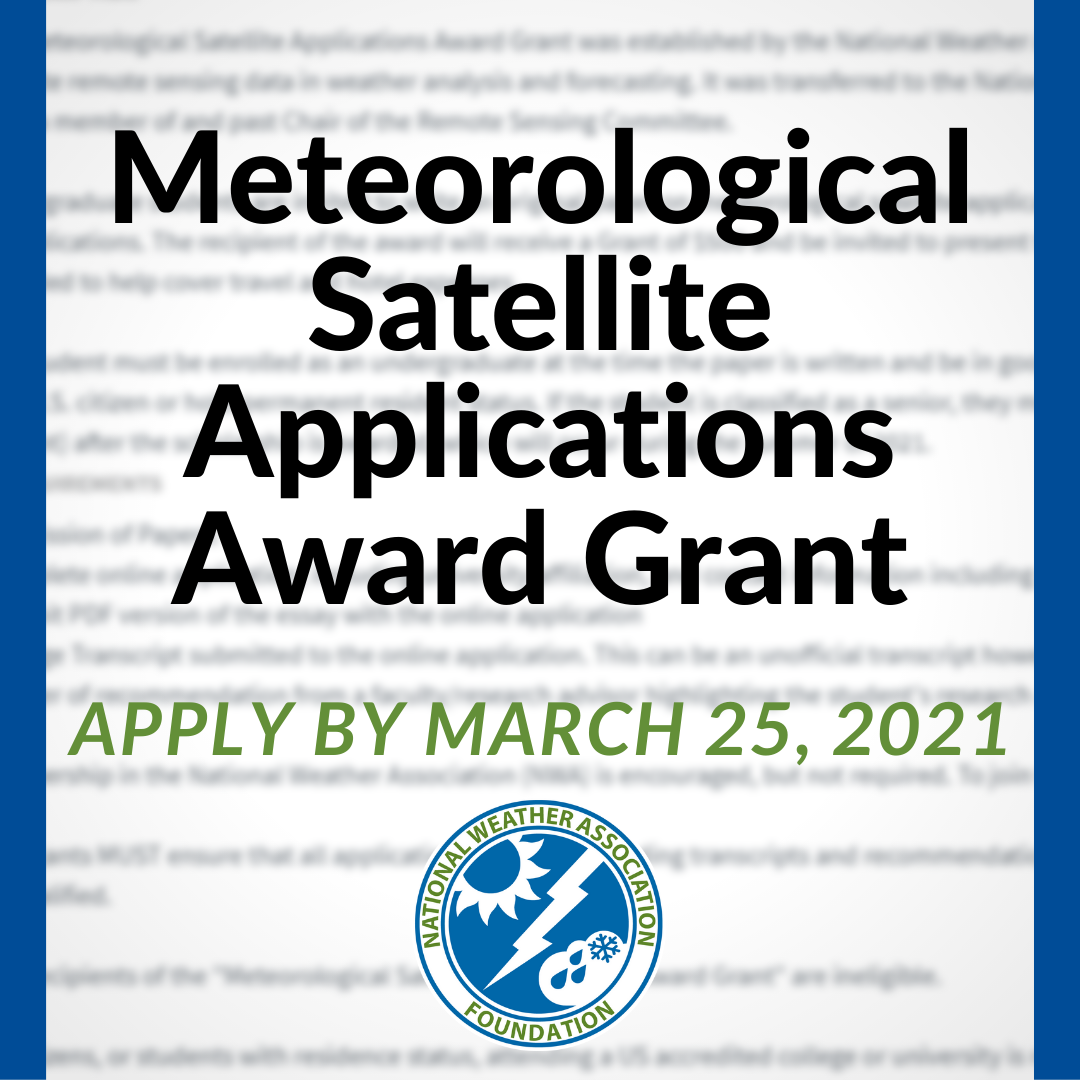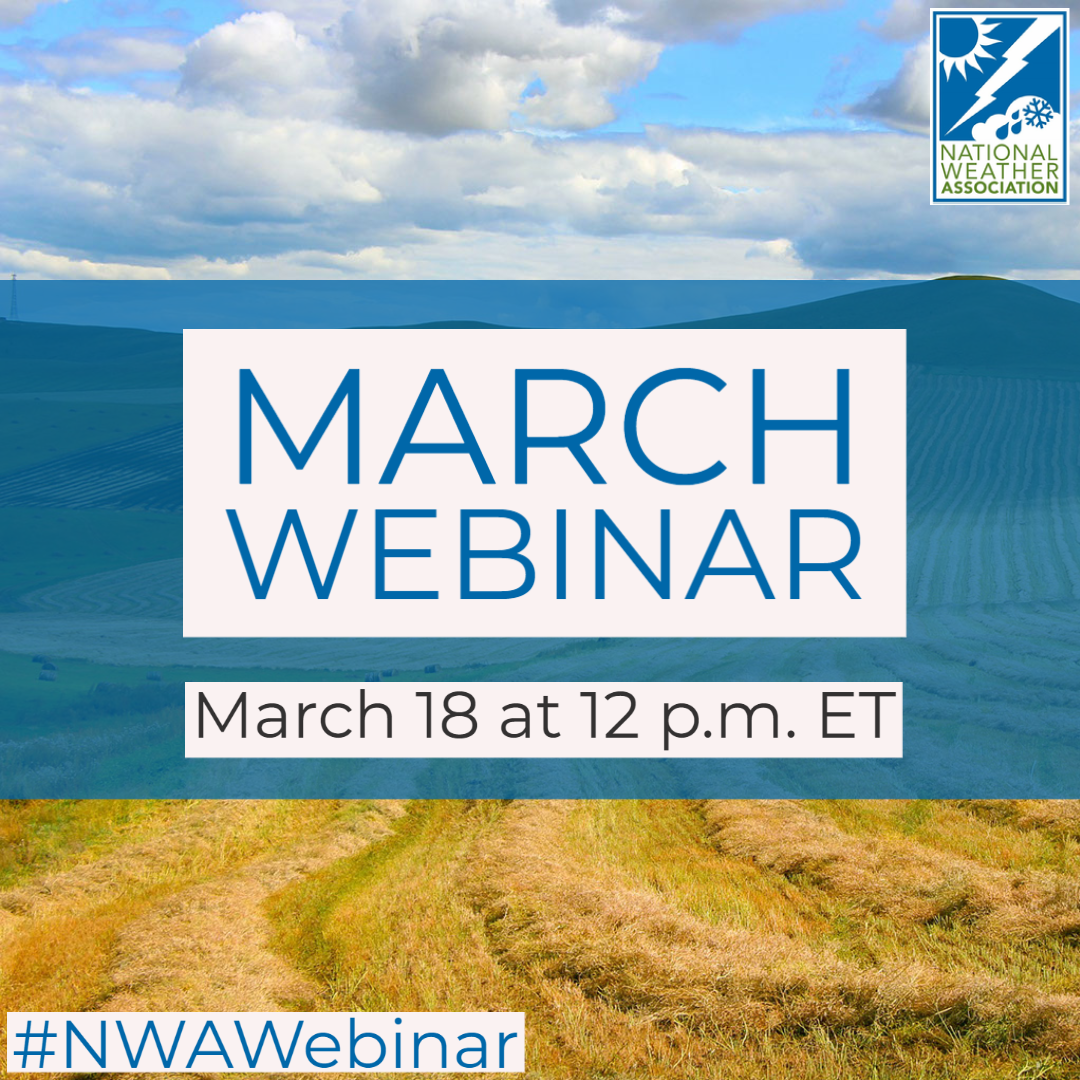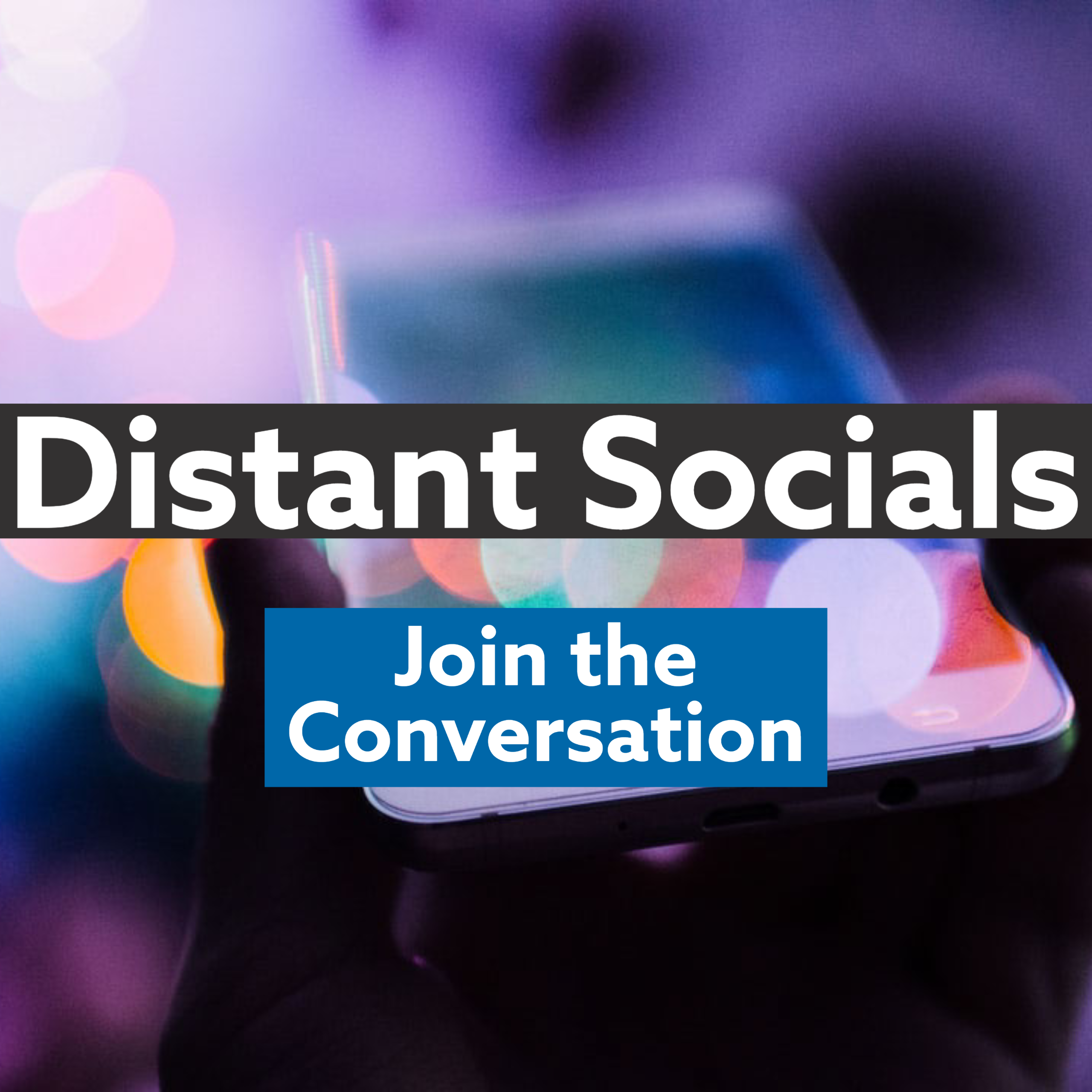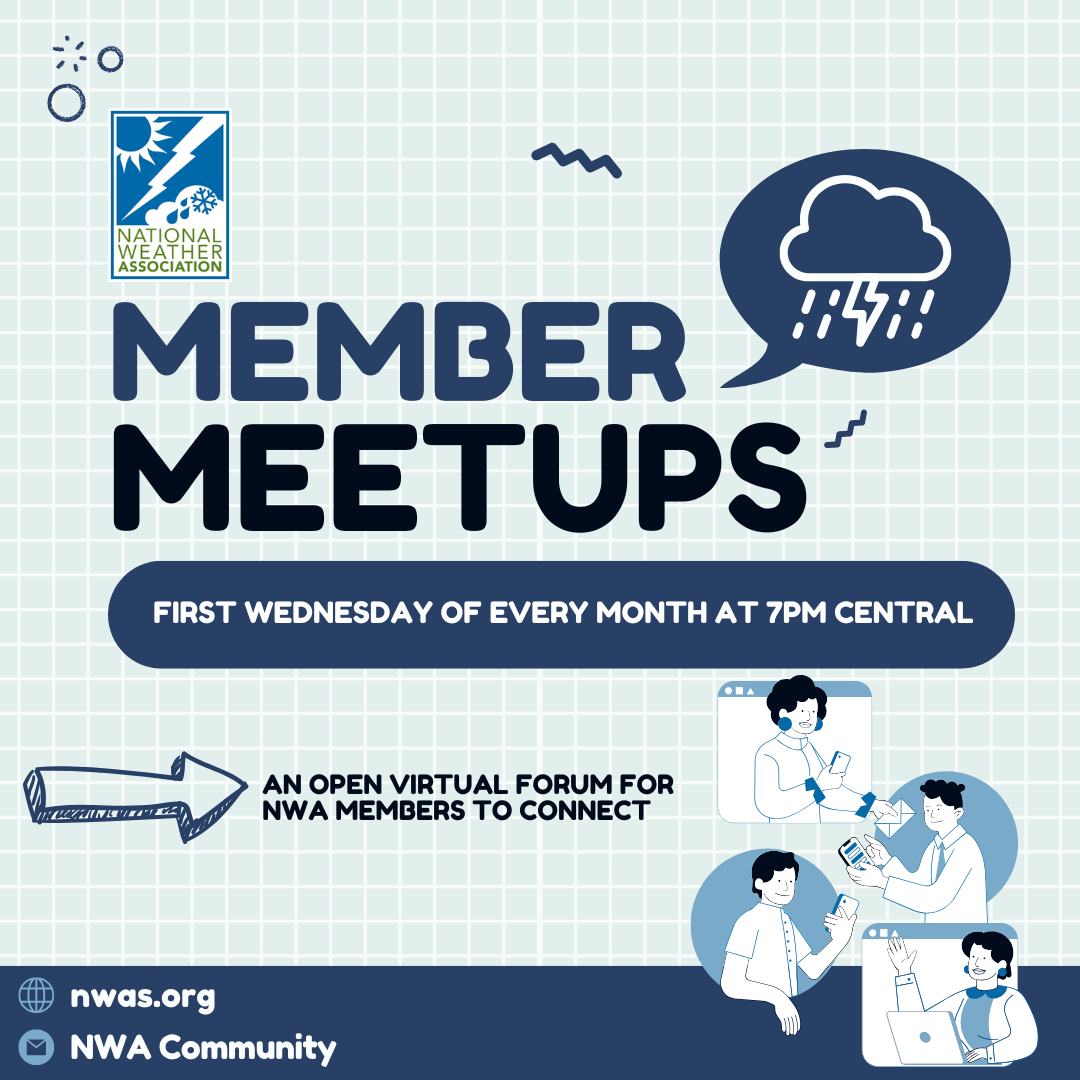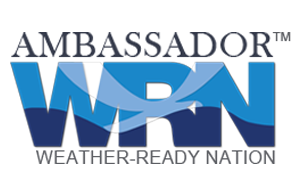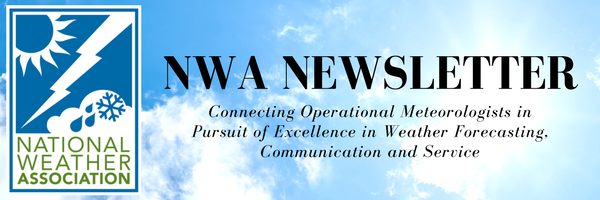 NWA March 2021 Newsletter
Issue 21 - 03
President's Message
For the first time in our country’s history, a woman is vice president of the United States. A record number of women are serving in Congress (including a record number of Republican women), and President Biden’s cabinet slate, should it be fully approved, would see a record number of women appointed to cabinet-level positions. While we have not had a female president — yet — it is undeniable: There is a lot of broken glass. And why shouldn’t there be? According to the Census Bureau, our country is more than 50% female. But are we seeing that broken glass in the weather enterprise? I want to use the president’s message this Women’s History Month to see how we’re doing in our field. Unfortunately, the raw numbers suggest we have work to do, but there are some positive stories beyond the topline figures. Let’s start with the numbers in our own house. At last check, women made up 22% of the NWA’s membership as well as 22% of the TV, Radio, and Digital Seal Holders. We have a female CEO — the first in our history — and five out of the 13 (38%) Directors on our Board are women. These figures, while falling short of the fraction of women in the US population, are consistent with the rest of the enterprise. For example1: - Women make up a little more than 22% of the NWS workforce, including the deputy director and the chief of staff (Katie Collins Garrett, personal communication) - Cranford 2018 found women made up 29% of broadcast weather positions at the time of that study; both that study and Green et al. 2019 showed fewer women in “chief” or weekday evening roles as well as fewer women than men in the broadcast weather industry with four-year degrees Some of this is a pipeline issue. There are myriad programs to encourage girls and young women to consider science careers. These programs take time, and we might be seeing some early signs of success. For example, while MacPhee and Cannetto found only 17% of faculty were women, that figure was more than double — 39% — when they looked at graduate students. Representation is an important component. Some of the most visible scientists in our society are our colleagues in broadcast weather, and you are more likely to find a woman with a degree, certification, or seal giving you a weather forecast today than in the past. Cranford’s findings were a modest improvement over previous studies, showing women making up 25% or less of the broadcast weather industry. Eight of the last 20 people — 40% — to earn an NWA Seal were women. Leadership is also high-visibility. Next year, we will have a woman as president of the NWA for the fifth time in our history. Support and retention are also key, and there are a variety of initiatives across the enterprise to that end. The NWS has a team looking into retention, including looking at why women leave the agency and what changes could be made to encourage them to stay. Many private employers (including my own) have employee groups that both provide support for employees and serve as a resource for management when making decisions that affect those employees. Both the NWA and AMS have standing groups focused on diversity, equity, and inclusion issues, and both organizations host luncheons and other events at their annual meeting for support, mentoring, and sharing resources and encouragement. In summary, we still have some work to do. (And this brief look does not take into account other critical issues, such as equal pay!) Fortunately, the trends continue to be positive, and there are good initiatives to help keep them that way! Individually, the best way to contribute is to learn how to identify and work against gender bias in our personal and professional relationships as well as in our institutional hiring, admissions, and promotion practices. This and other steps will help ensure we see broader participation by women in our enterprise. 1Statistics from the private sector were not available at the time of publication. Q: Will I be able to earn CEUs if I have to attend the 2021 Annual Meeting virtually?
A: Yes, you will still be able to earn CEUs, whether you attend in person or virtually. More information will be communicated soon.
Q: Due to the pandemic, is the NWA going to extend Seal Recertification deadlines for those needing to recertify in 2021?
A: No, all Seal holders are still expected to meet their 10 CEU requirement on time. Remember, you can earn all 10 CEUs from home at no cost. Up to 6 CEUs are given for the completion of COMET modules, and up to 4 CEUs are given for webinars.
For more information, please refer to the Seal Checklist document on our website. If you have any questions or concerns, contact [email protected]. Submit Your Nominations for the 2021 Annual Awards More information on the NWA Annual Awards Program. So, You Want to Quantify Weather Curiosity? There’s a Questionnaire for That! Epistemic Weather Curiosity Questionnaire
The full NWA Event Calendar is located in Member Connect. Have an event to include on our NWA calendar? Submit them to [email protected]! Participate in #SafePlaceSelfie Day on April 7
If there was one extreme weather preparedness action you want your loved ones to take, what would it be? The NWA Social Media Committee alongside a team from the National Weather Service, Federal Emergency Management Agency, and the Centers for Disease Control and Prevention asserts that finding your safe place is one of the most essential preparedness activities to save your life during extreme weather. Practicing what to do and where to go for any hazardous weather makes the action second nature, which is crucial when time is of the essence. Taking the time to weigh your safe place options at home, at work, or places you spend time can reduce hesitation and give you the best chance for survival—this preparedness action could save your life. This is why we encourage all NWA members to promote and participate in #SafePlaceSelfie Day on Wednesday, April 7, and practice what we preach about preparedness.
NWAF Pike and Phillips Scholarship Recipients Congratulations to the recipients of the 2020 National Weather Association Foundation Arthur C. Pike and Phillips Family Undergraduate Scholarships for Meteorology!
The NWAF Arthur C. Pike Scholarship in Meteorology is awarded to Catherine Kohlman. Catherine is a junior at Penn State University majoring in Meteorology with a minor in Marine Science.
The NWAF Phillips Family Undergraduate Scholarship for Meteorology is awarded to Nathan Erickson. Nathan is a junior at Iowa State University majoring in Meteorology with minors in GIS and Economics.
Apply to the Meteorological Satellite Applications Award Grant by March 25, 2021 Apply for the grant, and view more information at nwafoundation.org. March Webinar - 3/18 - 12 p.m. ET
Join us for our March Webinar! Gregory Murdoch will be presenting his JOM article, titled "Identifying Plume Mode via WSR-88D Observations of Wildland Fire Convective Plumes and Proposed Tactical Decision Support Applications." Schedule:
Tuesday, March 9th
Each Distant Social begins at 8:30 p.m. ET. More information about joining here. Are you hiring? Reach a variety of candidates through the NWA Jobs Corner. Current Jobs: Staff Meteorologist - Department of Geography and Meteorology, Valparaiso University (3/3/2021) Two Radar Meteorologists for North Dakota Atmospheric Resource Board (2/26/2021) Three Intern Meteorologists for North Dakota Atmospheric Resource Board Aviation Weather Division Intern Program Pathways Internships in Meteorology and Hydrology AtmoSci 2021 Summer Internship Program Department Chair - Applied Sciences College of Arts & Sciences, Embry-Riddle Aeronautical University-Worldwide (2/8/2021)
National Weather Association | 3100 Monitor Ave, Suite 123 | Norman OK 73072 | 405.701.5167 Publisher: Janice Bunting, NWA CEO Submit newsletter items to [email protected] |
